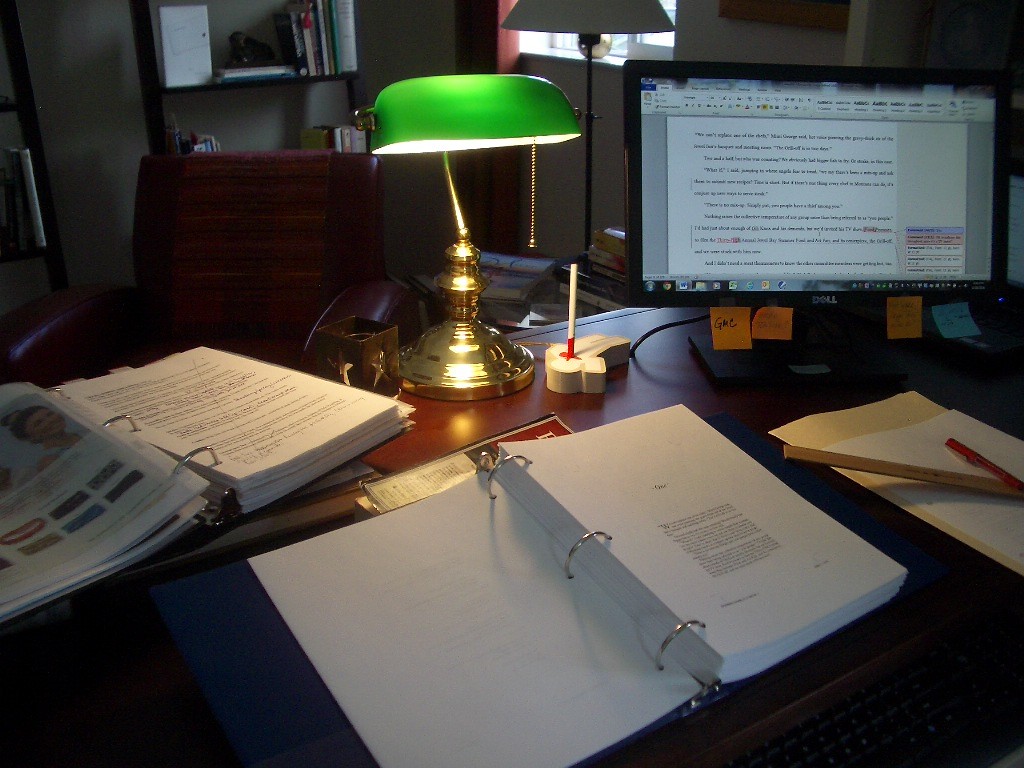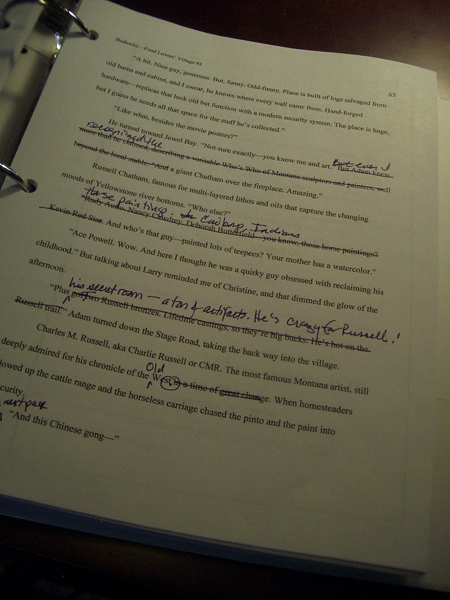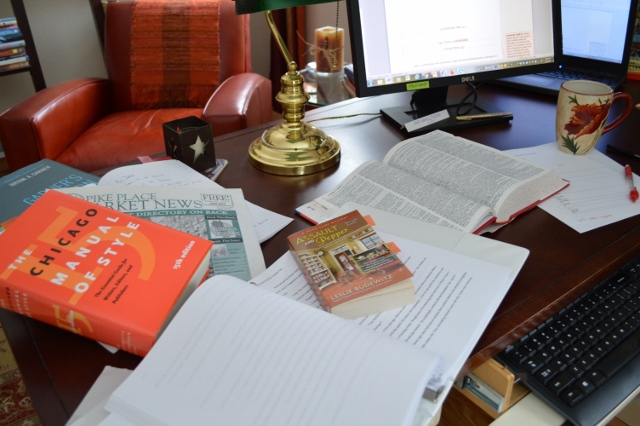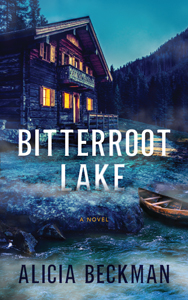
“Self-consciousness is the enemy of all art, be it acting, writing, painting or living itself, which is the greatest art of all. Creativity, at heart, is the essence of man’s being.”
– Ray Bradbury, The Writer, Nov 1965, quoted Nov 2014


“Self-consciousness is the enemy of all art, be it acting, writing, painting or living itself, which is the greatest art of all. Creativity, at heart, is the essence of man’s being.”
– Ray Bradbury, The Writer, Nov 1965, quoted Nov 2014

“In the realm of ideas everything depends on enthusiasm…in the real world all rests on perseverance.”
– attributed to Goethe, quoted in Julia Cameron with Emma Lively, Prosperity Every Day: A Daily Companion on Your Journey to Greater Wealth and Happiness (2015)

It’s an odd thing, but one of the best techniques I know for keeping my bottom in the chair and my mind on the page is setting a timer. It’s as if my brain knows it doesn’t have to think about or do anything else for that short burst of time, that its only job is to write.
And by golly, it works.
These days, I set the timer on my iPhone for 30 minutes, and I am almost always surprised when it buzzes, because I’m so deep in the work. If you’re prone to distraction from your phone’s beeps and buzzes, turn it off or tuck it in a drawer and use a kitchen timer. I landed on 25 minutes almost by accident—20 seemed too short, 30 too long—and only later discovered that the time management expert who developed the Pomodoro Technique advocates 25 minute sessions. (Why pomodoro? It’s Italian for tomato and he uses, and sells, a tomato-shaped timer.) Now that I’ve done this for a while, 30 minutes is just right.
Give yourself no more than 5 minutes for a break. Do a few deliberate stretches, pee, refill your coffee or water, sit back down, set the timer, and forget it. Don’t go online until your day’s writing session is over. Any longer break, or one that engages your attention in any significant way, will break the connection between your conscious and subconscious minds and disrupt the flow.
Flow, baby. That’s the ticket.

I often talk here about the importance to writers of reading as a writer, of developing the ability to identify why a book or essay or poem has a particular effect. When you begin to understand the power of certain tools, you can decide how, or whether, to use them in your own work.
Today is Martin Luther King, Jr. Day in the US. We’ve all heard recordings of Dr. King’s speeches and we know that part of their power came from his delivery—his voice, his use of dynamics, his pauses and gestures. But you can feel the power even when you read the words on the page, as my college rhetoric professor, a wonderful old Jesuit, showed me 40 years ago. Smarter people than I have dissected King’s use of rhetorical devices—the 1963 “I Have a Dream” speech is particularly noteworthy—and their research is worth a closer look. Let me pique your interest with a quick look at three commonly-quoted lines.
“Injustice anywhere is a threat to justice everywhere.” — The two key phrases, “injustice anywhere” and “justice anywhere,” are parallel in structure, but justice is contrasted against injustice, and the change from anywhere to everywhere uses parallel, rhyme, and contrast, emphasized by the potent phrase “a threat” in between.
“Darkness cannot drive out darkness; only light can do that. Hate cannot drive out hate; only love can do that.” — Another powerful example of parallels and contrast.
“The time is always right to do what is right.” — This short line combines two cliches, but takes its power from contrast, through the use of the wo different meanings of the simple word “right.”
Think about how you use contrast and parallel structure in your sentences. Dialogue and scene and chapter endings offer lots of opportunities to use these tools. A common tool in revision is to identify the strongest line of dialogue and make sure everything else leads to it. Can you give that line even more punch with rhetorical devices—the ones I’ve mentioned or others? What about the last line in a scene or chapter, which sums up the action and creates a turning point? How can you use rhetorical structure to make sure the reader keeps reading? As you read or listen to Dr. King’s speeches today, and as you hear other speeches in the days ahead, listen as a writer.
Go forth, and do good.

Had I the heavens’ embroidered cloths,
Enwrought with golden and silver light,
The blue and the dim and the dark cloths
Of night and light and the half-light,
I would spread the cloths under your feet:
But I, being poor, have only my dreams;
I have spread my dreams under your feet;
Tread softly because you tread on my dreams.
— William Butler Yeats (1865-1939), “He wishes for the Cloths of Heaven”
Now the great Irish poet was imploring his love, the woman he saw as his muse, but I think the final lines apply equally to any artist presenting his or her work — be it a painting, a song, a poem, or a novel — to the world. When we’re asked to read, or view, or listen, we owe the artist whatever level of critique they ask of us, though sometimes that’s none at all. But always, we owe them — we owe this world — an open heart and, I think, the awareness that their work is a piece of their dreams.

In my Building Character class, one of the tools I describe is the free write, an exercise to delve deeper into a character. Use it with a character who is not forthcoming about their experiences, one who is very different from you, or even one you know well. In writing the stand-alone currently circulating with publishers, I used a free-write session with the main character who is in many ways much like me but whose particular motivation wasn’t clear on the page. I’ve also used it in revision, as with the forthcoming Bitterroot Lake, when my editor suggested that the killer’s motivation needed more depth. I combined a free-write with some emotional research to delve deeper and even found the basis for another scene I knew I needed but had resisted adding because I didn’t know what the story needed.
A student new to the concept asked how to get started. The keys are to write by hand, write in first person, and open yourself to the voice and experience of that character.
Why by hand? Grapho-therapist Jamie Mason Cohen said in an interview that “[w]hen you write by hand, the act itself slows you down, resulting in single-tasking and focused concentration on what you’re doing in the moment and fully present.”

I believe that free-writing these snippets of our characters’ inner lives by hand frees our creativity by creating a direct link to the subconscious. It frees us from judgment. This same effect comes from writing in first person, in the voice of the character we’re exploring, even if the story itself is in third, or in first but in the voice of a different character. For a few minutes—five to twenty—you’re giving that character a chance to speak directly to you. To tell you their story. You may not use it all on the page, but you’ll learn details and detect emotions that will help you understand that character, their emotional responses to the story events, and what they do as a result. In other words, this simple exercise will advance both characterization and plot
Try asking yourself a some questions, almost like a guided meditation. One of my favorites for mystery and crime writers comes from my friend Ramona DeFelice Long, a writer and editor, who called it channeling your inner OJ. You’ll remember that after OJ Simpson was acquitted of double murder, he claimed to be in search of the real killer and wrote a book called If I Did It, giving a hypothetical description of the murders and how and why they might have occurred. Talk to your suspect and let him or her tell you how and why they might have done it. Pay particular attention to the why, their motivation, and see what surprises they reveal.
Other prompts to ask your character, writing for at least five minutes:
What I most want is…
If I don’t get this, I will …
The thing that stands in my way is…
What I am most afraid of is…
Now pick up your pen and go!

This week, I recorded a short video (really short!) as part of Sisters in Crime’s SINC-Up series of writing tips. My topic: emotional research. Watch it here.
In the unedited version, I also suggested talking with people who have had the experience you’re writing about, if you can, or folks who work with it professionally; and searching out articles, personal accounts, and other resources. In the example I gave, from my Food Lovers’ Village Mysteries, I found guides online for teachers and school counselors that were enormously helpful.